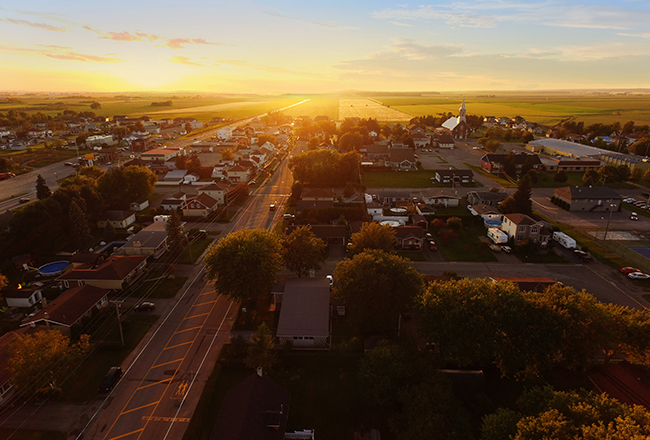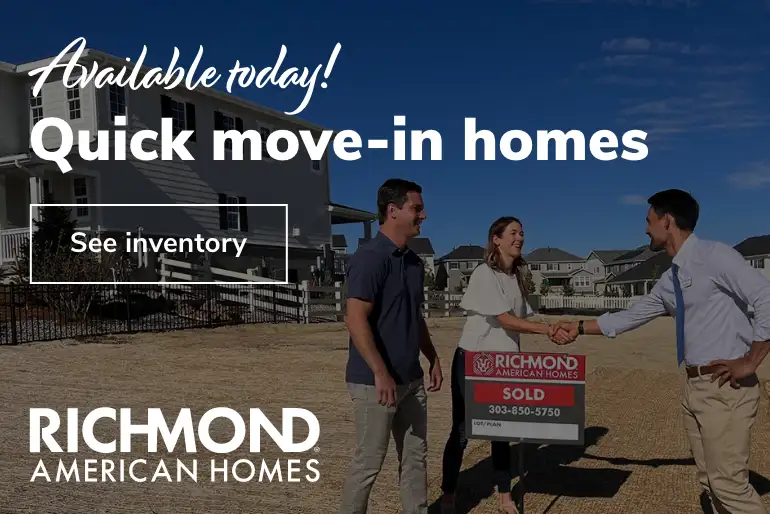Working from home has become a way of life for many Americans—a shift that’s empowered house hunters to look beyond the range of an office commute when considering their next move. The freedom to choose a neighborhood based on other factors, like local lifestyle, area amenities, suitable schools, proximity to friends and family, and cost of living has helped fuel resurging interest in small town living.
According to a recent Gallup® survey, between 2018 and 2021 the appeal of small town living increased from 39% to 48%, particularly among younger adults. In the wake of the pandemic, the U.S. saw growth within some of its rural sectors as urban dwellers sought out a more relaxed way of life that can be hard to come by in cities.
But, a less-hectic lifestyle isn’t the only benefit of living in a small town!
Cost of living is typically lower in a small town.
Actual costs vary from place to place, but it’s likely local retail, housing and service prices are lower than what you’ll find in big metros, reflecting the lower demand. Cost-of-living calculators like this one on BestPlaces.net make it easy to get an idea of what you’ll need to budget in a prospective place, and how that compares to what you’re currently paying.
Traffic is generally better in a small town.
Any town can have road work delays and rush hour congestion, but the scale (and stress!) of small-town traffic is generally less. Use your favorite mapping app to preview an area’s estimated travel times at different times of day to get a feel for traffic flow.
Crime rates are often lower in many small towns.
While a small town doesn’t always mean a small crime rate, it’s often a safer choice. According to a recent analysis by MoneyGeek, small cities and towns have 42% lower crime costs than larger cities and their violent crime rates are nearly half.
Noise and light pollution can be lower in a small town.
Big cities rarely sleep, and that always-on energy makes it hard to find quiet places to unwind and enjoy the outdoors in peace. Stargazing, catching fireflies, birdwatching and many other nature-oriented hobbies can be much easier to enjoy in a rural setting.
Homeownership may be more prevalent (and attainable!) in a small town.
In many small towns, the ratio of homeowners to renters is higher than what you’d find in a more densely populated place. That can lend itself to tighter-knit communities, as it’s easier to get to know neighbors who plan to stay in one spot for a while. When you’re house hunting, you may find greater value per square foot or larger yards, if land demand is cooler. A rural location may also open up financing options you might not have in other communities, such as a USDA loan.
If you’re considering making a move to a small town, you’re in luck! Richmond American builds in a number of small towns throughout the country:
Hazel Green, Alabama
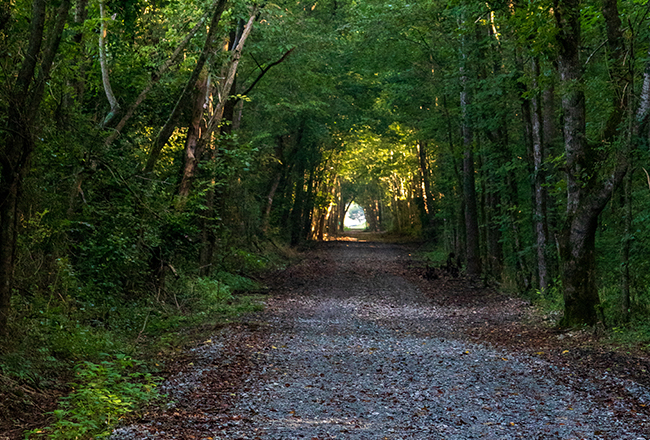
Approx. population: 4,100
Where we build: Friendship Ridge
Red Rock, Arizona
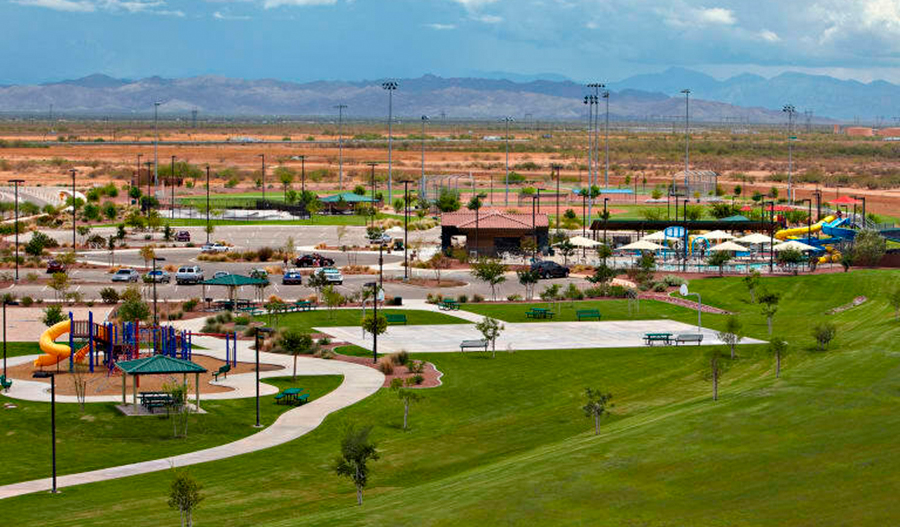
Approx. population: 2,625
Where we build: Seasons at Red Rock
Valley Center, California
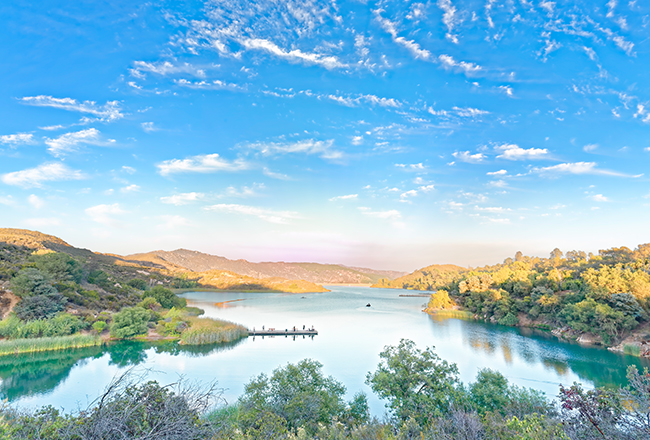
Approx. population: 9,275
Where we build: Seasons at Park Circle
Elizabeth, Colorado
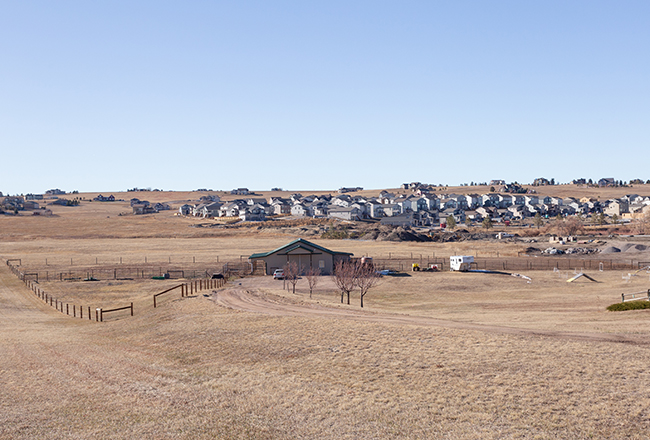
Approx. population: 1,675
Where we build: Independence
Monument, Colorado
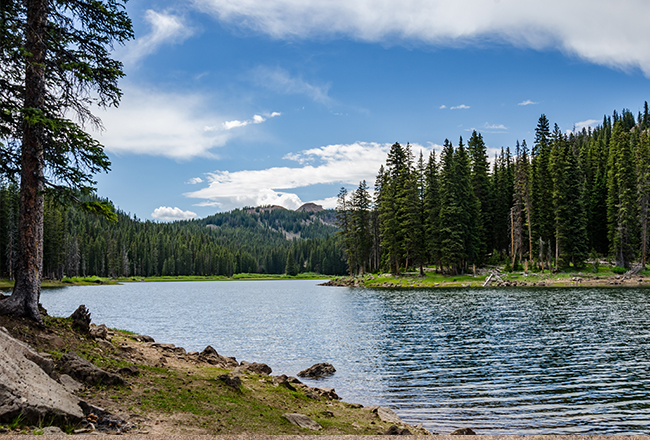
Approx. population: 10,400
Where we build: Willow Springs Ranch
Severance, Colorado
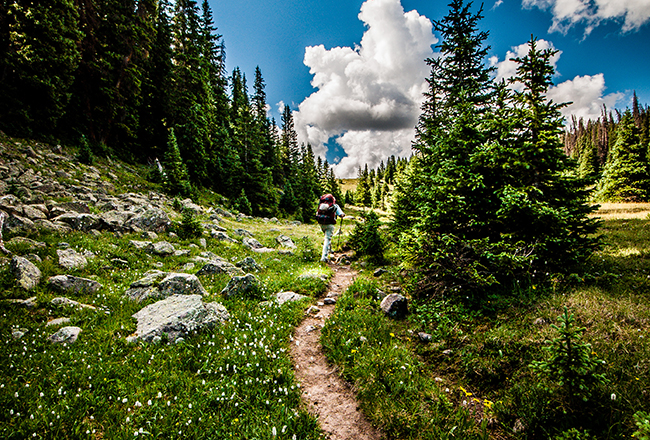
Approx. population: 8,500
Where we build: Seasons at Hunters Crossing
Brunswick, Maryland
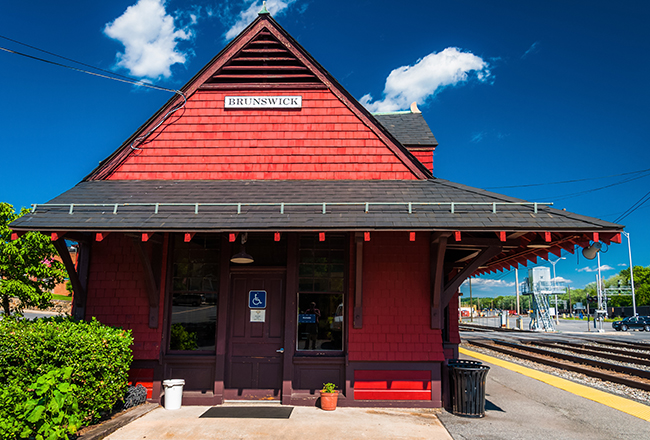
Approx. population: 7,750
Where we build: Brunswick Crossing
Estacada, Oregon
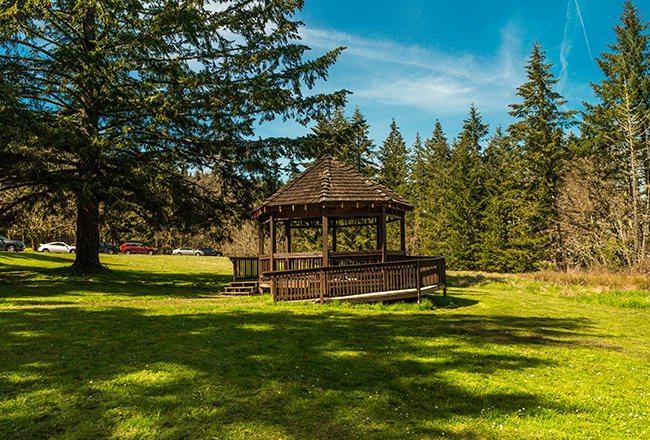
Approx. population: 4,350
Where we build: Cascadia Ridge
Stewartstown, Pennsylvania
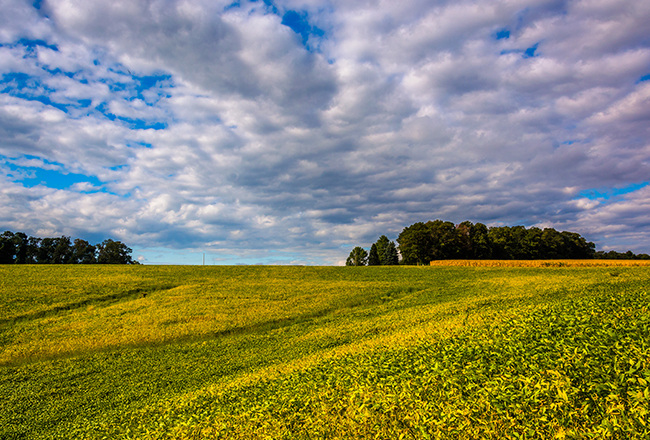
Approx. population: 2,125
Where we build: Mayberry at Stewartstown
White Bluff, Tennessee
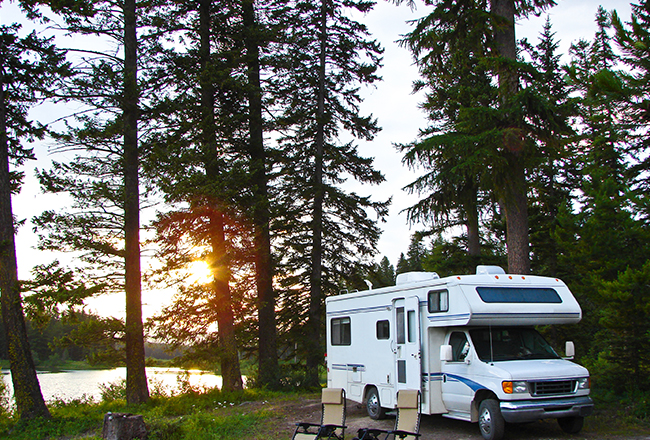
Approx. population: 3,850
Where we build: Timber Crest
Salem, Utah
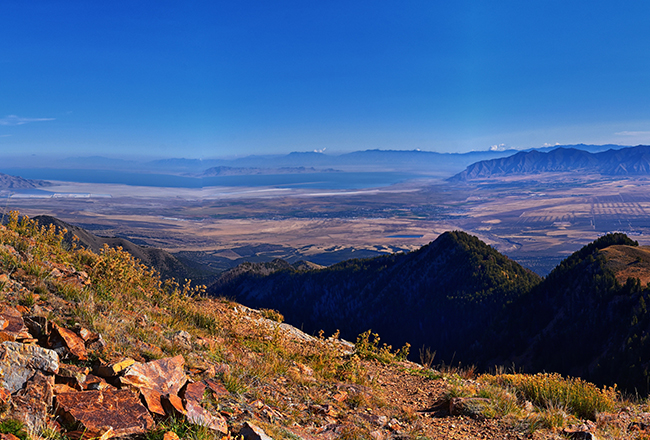
Approx. population: 9,300
Where we build: Seasons at Salem Park
King George, Virginia
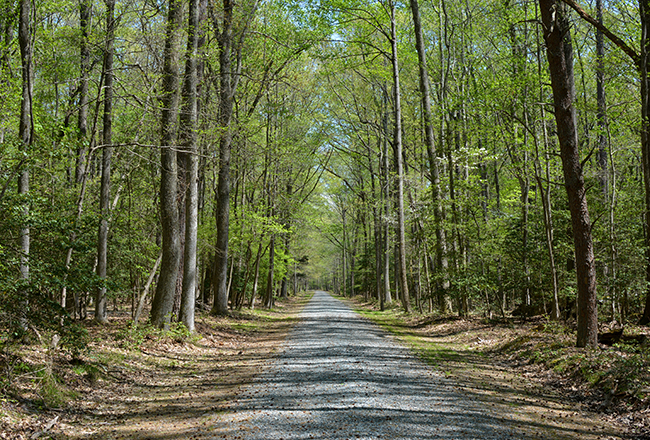
Approx. population: 4,975
Where we build: Hopyard Farm
Orange, Virginia

Approx. population: 4,725
Where we build: Seasons at Round Hill Meadows
Be the first to hear about special offers!
Stay up to date on new neighborhoods and floor plans, special offers and more. Sign up for local email alerts.
